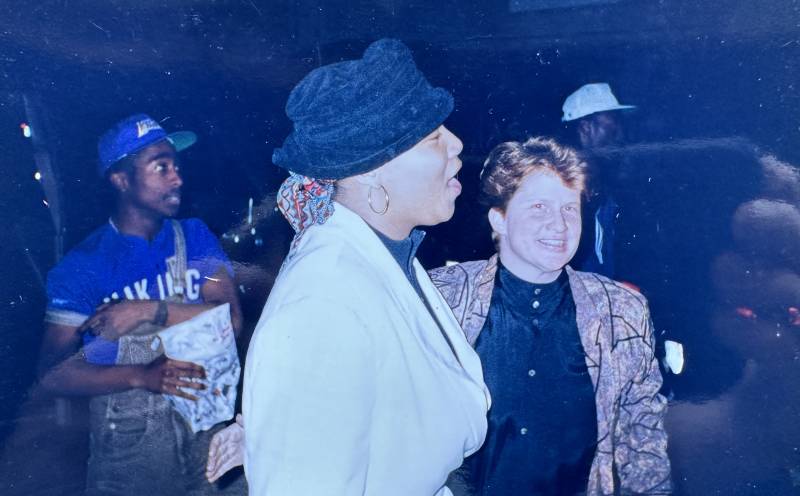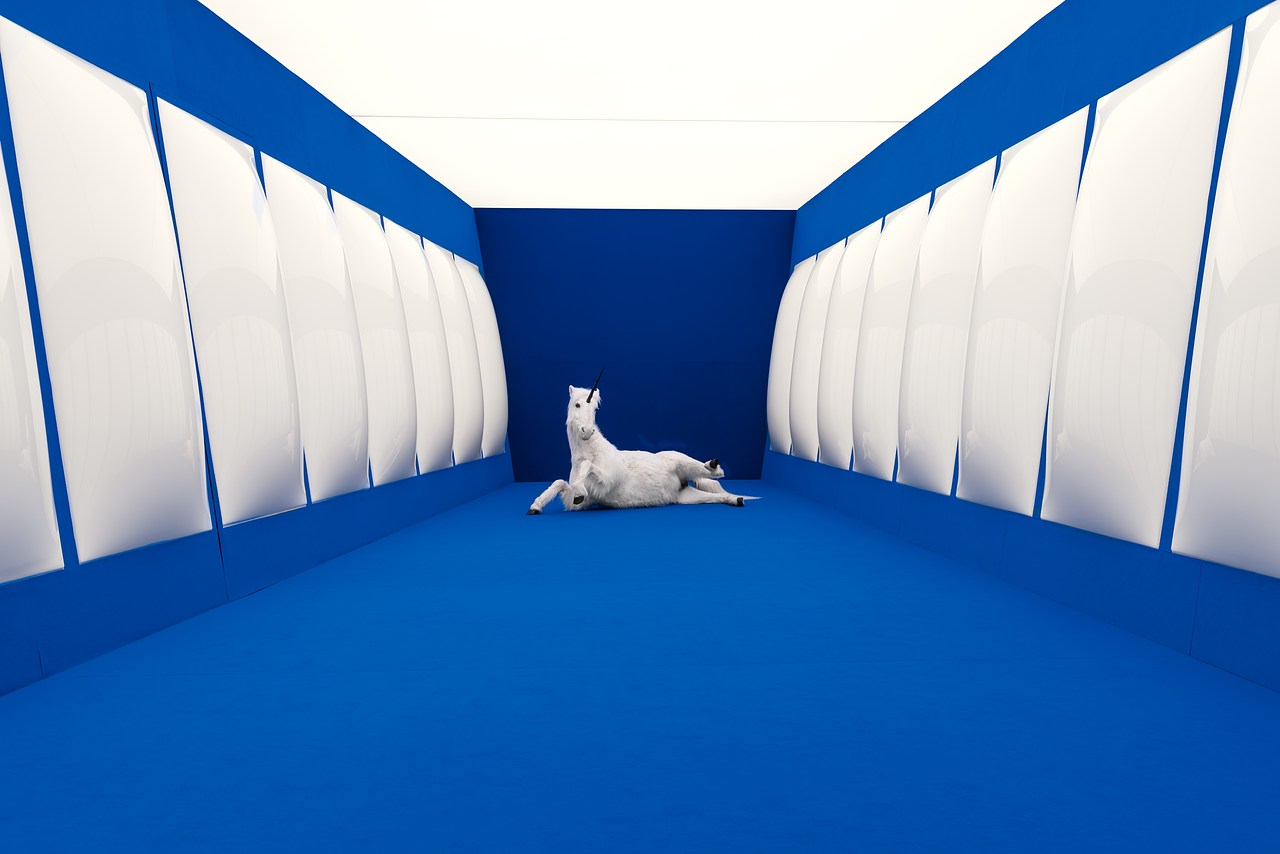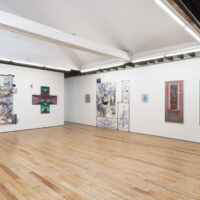1922 – The Uncomputable ("The Unmanned" series)
- Film & Video (Film & Video)
Fabien Giraud & Raphael Siboni
– In which a storm breaks out in a computing division and its simulation is turned inside out – Fourth episode of The Unmanned series, “The Uncomputable” is the story of a failure: the building in the northern plains of Scotland of a giant climate prediction factory by meteorologist Lewis Fry Richardson. This enormous inverted terrestrial globe supposed to host 64,000 women-computers and able to forecast the world weather was never built. Partly shot in a wind tunnel (used for aerodynamics simulation), this episode shows the impossible attempt at building the factory and the collapse of its hypothesis of a global computation. As a storm breaks out over the construction site for the simulation, the film itself and all of the parameters are progressively turned inside out.
The collaborative work of Fabien Giraud and Raphael Siboni is part of a reflection on the history of cinema, science, and technology. For them, cinema is a technological invention which fundamentally transforms our relationship to the world. Giraud and Siboni are fascinated by technological acceleration. So much so that they imagine the possibility of a cinema without a human figure; one which does not subject bodies to the frame, nor bend gestures to duration. Each of their films bring radically different temporalities that are foreign to our present. They choose to film in hidden places, like the particle accelerator under the Louvre museum in La Mesure Louvre (2011), or abandoned places like the Greek temple in Bassae-Bassae (2012) where human absence is hollowly felt. Giraud and Siboni are also inspired by popular culture, micro-histories and major political conspiracies.
Colors:
Other related works, blended automatically
» see more

© » KADIST
Fabien Giraud & Raphael Siboni
2017– In whiche a lemyng starre returneth in the yeer foretolde and alle thing that spak to us turneth ayeyn to silence – Sixth episode of The Unmanned and sharing the same camera movements as the episode “1997 – The Brute Force”, “Mil troi cens quarante huyt” refers to the appearance of a comet in 1759 – thus validating the computation and rational prediction of its return by the British astronomer and mathematician Edmond Halley...
Related works sharing similar palette
» see more

© » KQED
How LGBTQ+ Hip-Hop Artists Found Their Voices and Changed Culture | KQED Skip to Nav Skip to Main Skip to Footer That's My Word How LGBTQ+ Hip-Hop Artists Found Their Voices and Changed Culture Nastia Voynovskaya Dec 6 Save Article Save Article Failed to save article Please try again Facebook Share-FB Twitter Share-Twitter Email Share-Email Copy Link Copy Link Tupac, Queen Latifah and Page Hodel at Hodel's LGBTQ+ party, The Box, in the early '90s...
Other works by: » Fabien Giraud & Raphael Siboni
» see more

© » KADIST
Fabien Giraud & Raphael Siboni
2017– In whiche a lemyng starre returneth in the yeer foretolde and alle thing that spak to us turneth ayeyn to silence – Sixth episode of The Unmanned and sharing the same camera movements as the episode “1997 – The Brute Force”, “Mil troi cens quarante huyt” refers to the appearance of a comet in 1759 – thus validating the computation and rational prediction of its return by the British astronomer and mathematician Edmond Halley...

© » KADIST
Fabien Giraud & Raphael Siboni
2014– In which he changes the rules of the game and all imitations are suddenly interrupted – Third episode of The Unmanned series and replicating the editing structure of “1834 – La Mémoire de Masse”, “The Outlawed” takes place in August 1953 on the island of Corfu, in Greece, at the Club Méditerranée resort where Alan Turing spent his last summer...

© » KADIST
Fabien Giraud & Raphael Siboni
2018– In which an intelligence going back to its place of origin discovers the agony of gods on which it thrives – Seventh and last episode of The Unmanned , “a flood” is set in 1542 as the first conquistadors enter the land later to be known as the Silicon Valley...

© » KADIST
Fabien Giraud & Raphael Siboni
2014– Thisstoryoffriedrichkurzweiliwanttotellit- myselfhowhelivedinthisroomandh – Inspired by the writings of the feral child Kaspar Hauser and told by the young Friedrich, both father and son of Ray Kurzweil, this story unfolds on the microscope images of a blade cutting through metal...
Related works found in the same semantic group
» see more

© » KADIST
Paul McCarthy
1983McCarthy’s Mother Pig performance at Shushi Gallery in 1983 was the first time he used a set, a practice which came to characterize his later works...

© » KADIST
Harun Farocki
2009For Immersion , Harun Farocki went to visit a research centre near Seattle specialized in the development of virtual realities and computer simulations...





